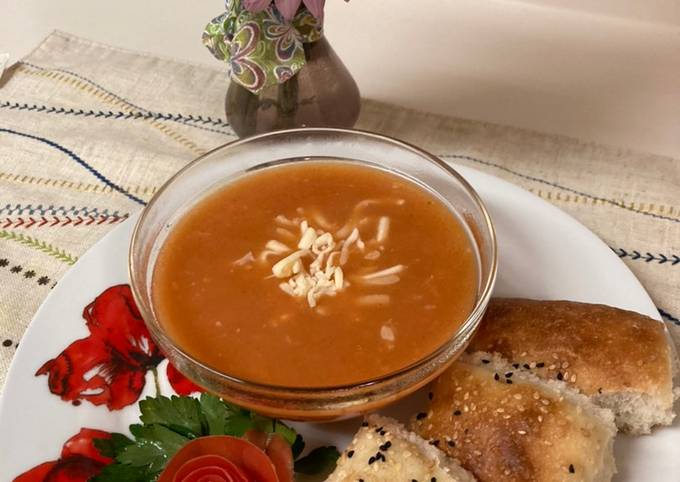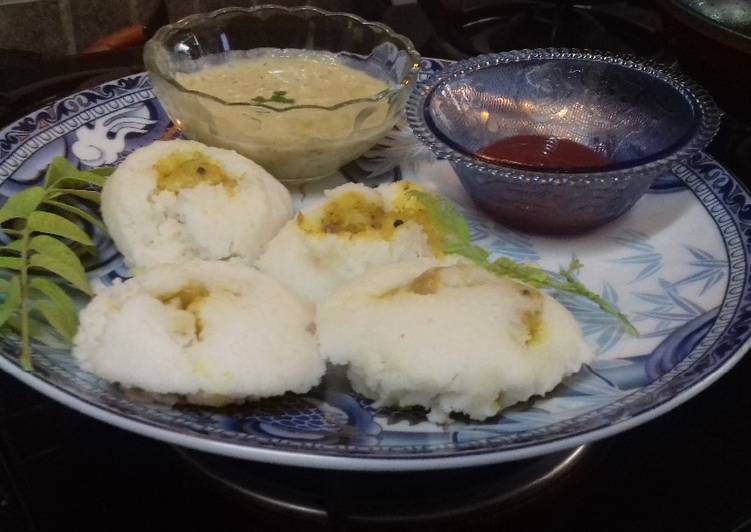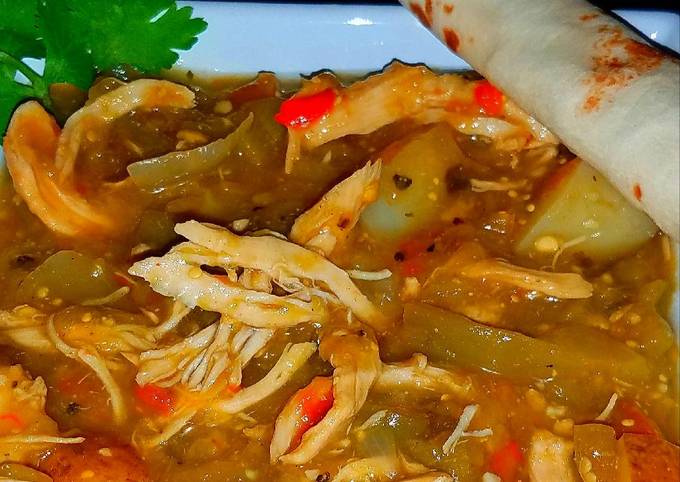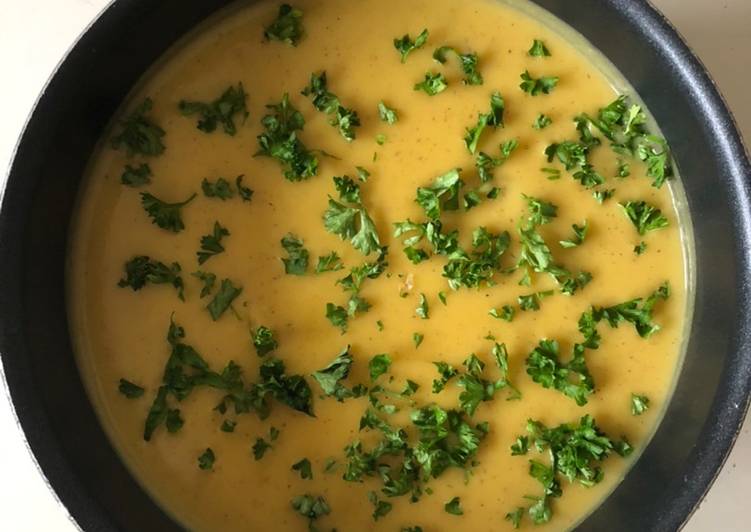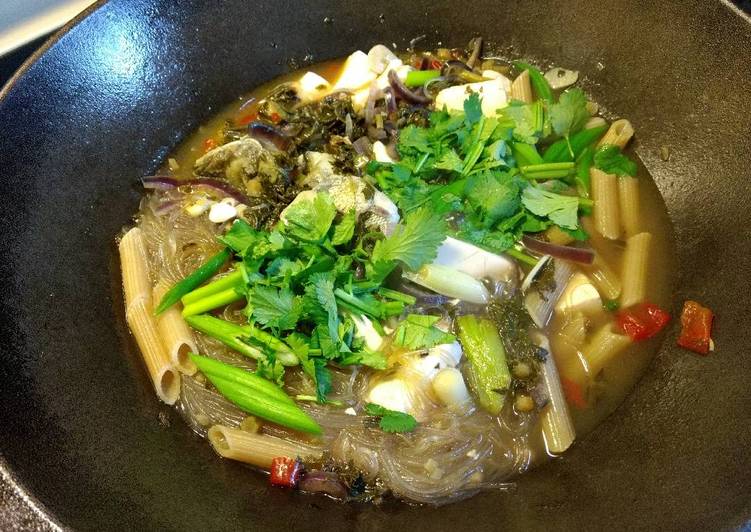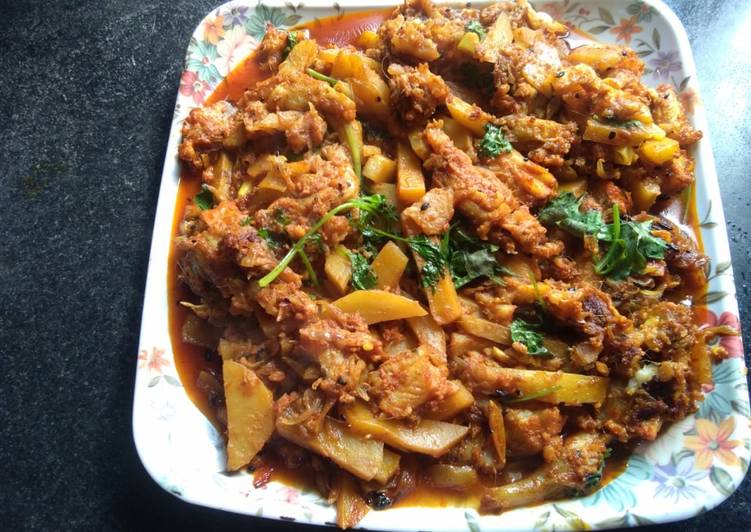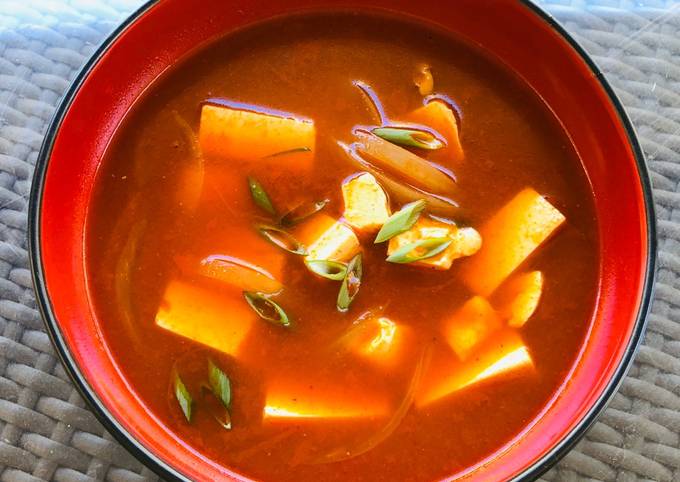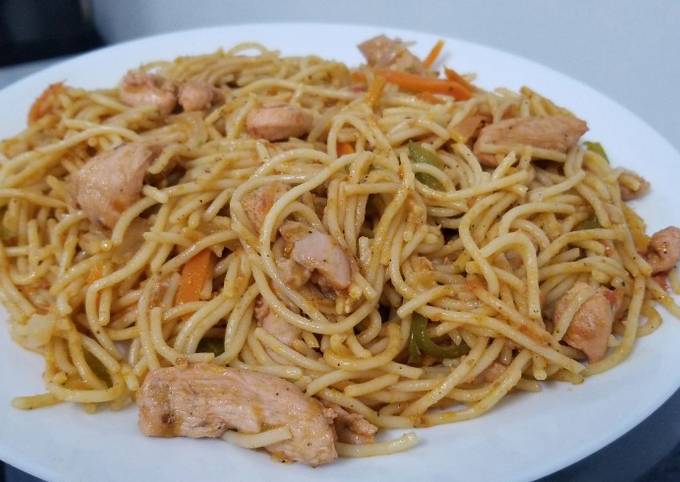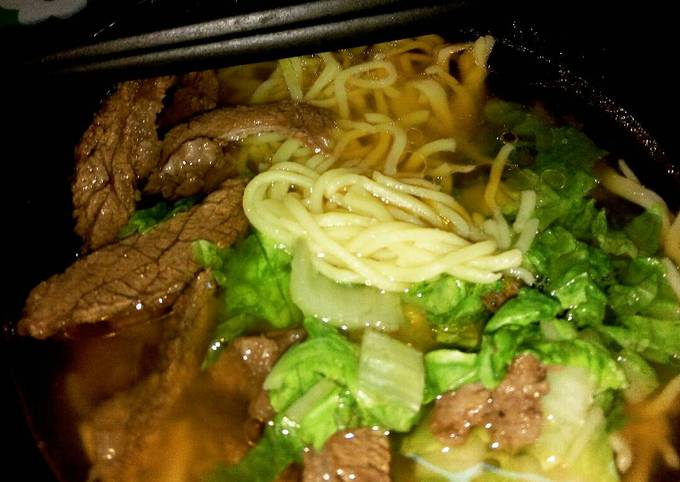
Hello everybody, it is Louise, welcome to my recipe site. Today, we’re going to prepare a special dish, pinoy mami (street style ramen noodles). One of my favorites. This time, I am going to make it a little bit unique. This is gonna smell and look delicious.
Pinoy Mami (street style ramen noodles) is one of the most popular of recent trending foods in the world. It is easy, it’s fast, it tastes delicious. It is enjoyed by millions every day. They are nice and they look wonderful. Pinoy Mami (street style ramen noodles) is something which I’ve loved my whole life.
The name for this style of serving meals comes from the practice of "pairing" the meal with garlic fried rice and a light beef broth soup. Street Food Philippines Hungry Fish Eye. See more ideas about ramen noodles, ramen, noodles. Ramen (/ˈrɑːmən/) (拉麺, ラーメン, rāmen, Japanese pronunciation: [ɾaꜜːmeɴ]) (literally: "pulled noodles") is a Japanese noodle soup.
To begin with this particular recipe, we must prepare a few ingredients. You can cook pinoy mami (street style ramen noodles) using 15 ingredients and 8 steps. Here is how you cook it.
The ingredients needed to make Pinoy Mami (street style ramen noodles):
- Get 1 pack fresh egg noodles
- Prepare 1 chicken bullion or 2 cups chicken stock
- Take 1 beef bullion or 2 cups beef stock
- Get 2 tbsp garlic crushed and minced
- Get 1 small shallots or red onion
- Prepare 2 tbsp soy sauce
- Get 2 tbsp oyster sauce
- Take 1/2 kilo beef (tenderloin or other tender parts)
- Take small lettuce or pechay chopped
- Take 1 1/2 liters water
- Take 1 tbsp ground pepper
- Make ready 2 tbsp fish sauce
- Make ready 1 tbsp salt (beef rub)
- Make ready 1 tbsp ground pepper (beef rub)
- Prepare few onion leaves for garnishing (optional)
Hokkaido-style shoyu ramen, made of chicken broth and topped with thin ramen noodles and fatty Chef John Sugimura dedicates his Minneapolis-based, Japanese street food restaurant, PinKU, to Los Angeles, California Tsujita created a quantum shift for ramen when Tokyo master Takehiro. The noodle is dried and not fried, giving it a bit lower amount of fat. Charumera refers to the horn that is used by the street vendors in Japan to let people know 'hey - come get your noodles! The soup broth for tonkotsu ramen is based upon pork bones, and "tonkotsu" means "pork bones" in Japanese.
Steps to make Pinoy Mami (street style ramen noodles):
- (Prepare the beef before hand,overnight or a few hours before you serve the noodles.) Rub the beef with salt and pepper then boil until tender about an or or so, let cool and set aside in fridge if being use a day before.
- In a casserole sautée garlic and shallots until fragrant.
- Add in beef and chicken bullion, (or stocks) stir constantly until dissolved.
- Add the water, oyster sauce, soy sauce, pepper and fish sauce and bring to a boil.
- Boil separately the chopped lettuce or pechay to desired crispness then set aside.
- Prepare the fresh noodles by boiling it in hot water until loosened. Drain then add serving amount to a clean bowl.
- Add the sliced beef and lettuce or pechay to the noodle bowls.
- Add the soup mixture then garnish with onion leaves. Serve while hot.
Charumera refers to the horn that is used by the street vendors in Japan to let people know 'hey - come get your noodles! The soup broth for tonkotsu ramen is based upon pork bones, and "tonkotsu" means "pork bones" in Japanese. Japanese cuisine-Ramen, Gyoza, Udon noodle, Fried Rice and more. Ramen street was born by Cairns famous Japanese Chef Yoshi's idea who has established Cairns' first. Ramen noodles are originally Chinese style noodles, but it's been changed and improved over the years, and evolved to our own food.
So that is going to wrap it up with this exceptional food pinoy mami (street style ramen noodles) recipe. Thanks so much for reading. I am sure you can make this at home. There is gonna be interesting food in home recipes coming up. Remember to bookmark this page in your browser, and share it to your family, colleague and friends. Thank you for reading. Go on get cooking!


